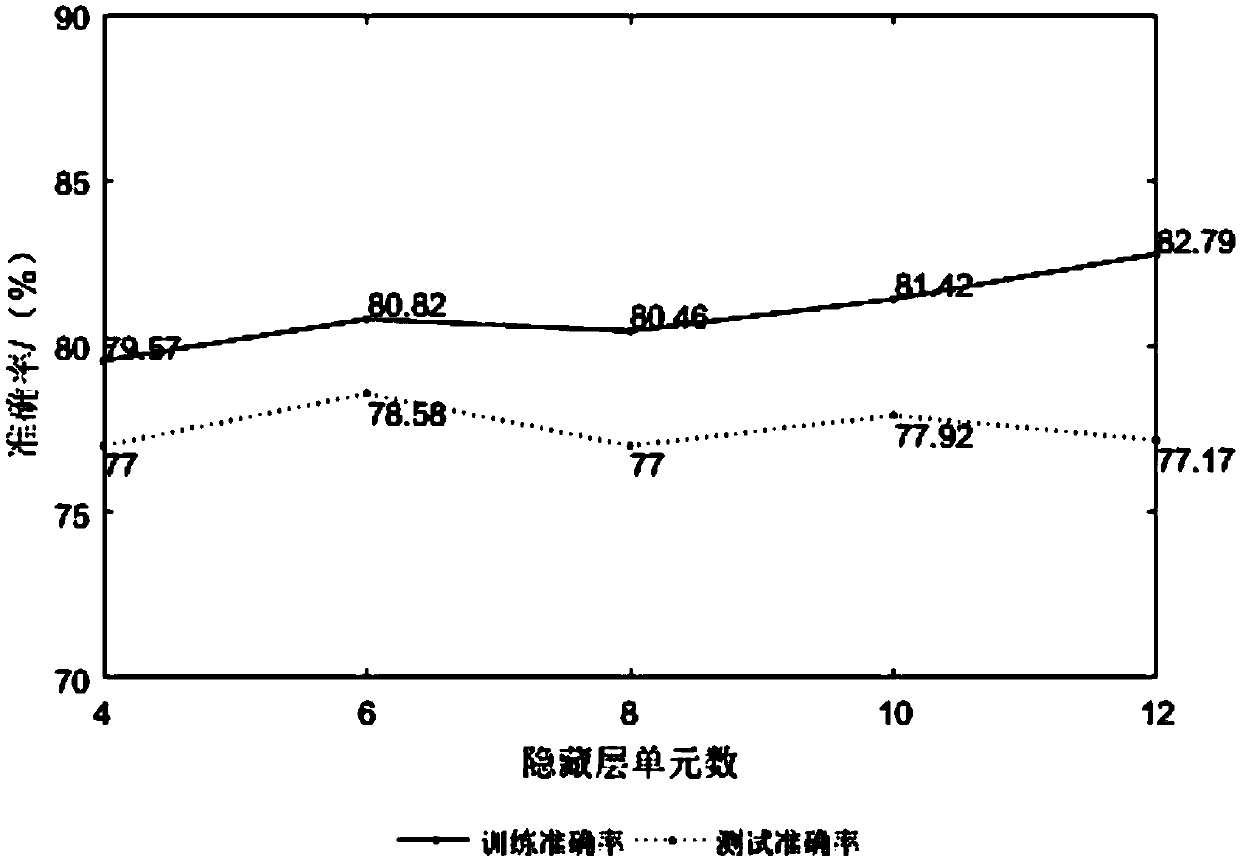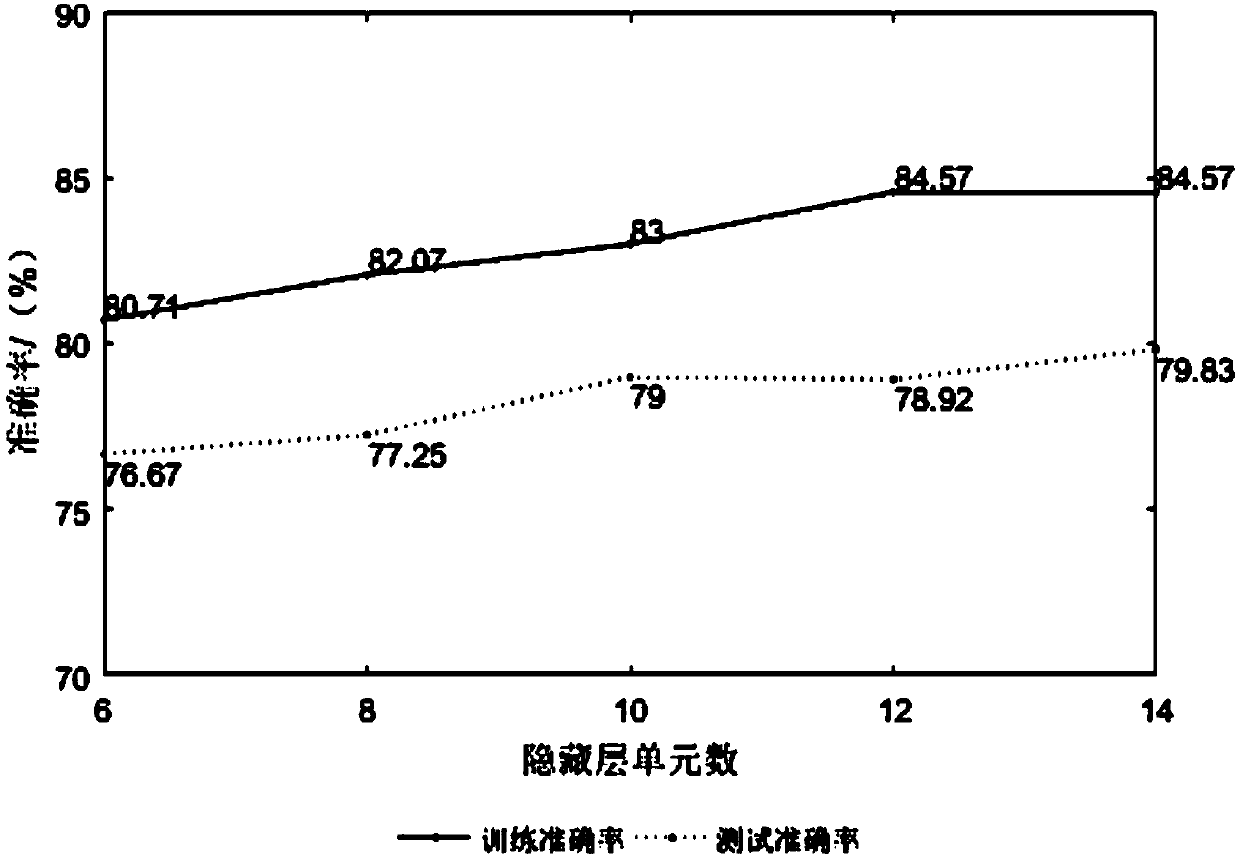Turbulence target detection method based on BP neural network multi-class classification
A BP neural network and target detection technology, applied in the field of turbulent target detection based on BP neural network multi-class classification, can solve the problems of high computational complexity, poor performance, and poor spectral estimation performance, and achieve effective turbulent target detection. Effect
- Summary
- Abstract
- Description
- Claims
- Application Information
AI Technical Summary
Problems solved by technology
Method used
Image
Examples
Embodiment Construction
[0020] This embodiment includes the following steps:
[0021] Step 1. Simulation data preparation:
[0022] The working wavelength λ of the airborne weather radar adopted in this embodiment is 0.03m, and the pulse repetition period T s is 0.001s, parameter k R About 1W·s 2 / m 2 . for different σ V Values, under different SNR conditions, according to the turbulent echo model to generate echo amplitude sequences with lengths of 8, 16, and 32, respectively, and the corresponding intensity levels form the training set and test set of the BP neural network to observe The influence of the values of signal-to-noise ratio and sequence length on the final test results.
[0023] The turbulence echo model refers to: in view of the meteorological target radar echo signal in the turbulent area is a correlated random process, the correlation coefficient between two adjacent pulse echoes of the same meteorological target is: Among them: T s is the radar pulse repetition period; λ ...
PUM
 Login to View More
Login to View More Abstract
Description
Claims
Application Information
 Login to View More
Login to View More - R&D
- Intellectual Property
- Life Sciences
- Materials
- Tech Scout
- Unparalleled Data Quality
- Higher Quality Content
- 60% Fewer Hallucinations
Browse by: Latest US Patents, China's latest patents, Technical Efficacy Thesaurus, Application Domain, Technology Topic, Popular Technical Reports.
© 2025 PatSnap. All rights reserved.Legal|Privacy policy|Modern Slavery Act Transparency Statement|Sitemap|About US| Contact US: help@patsnap.com



